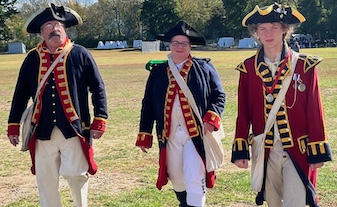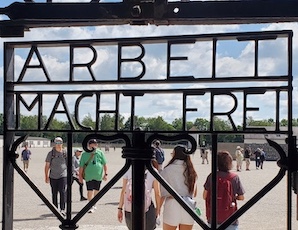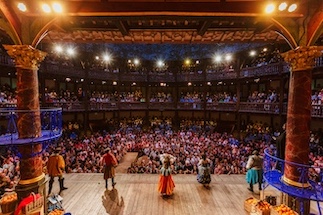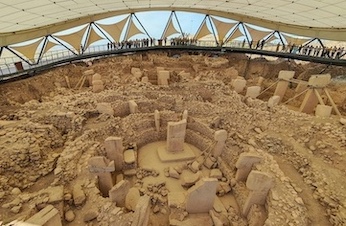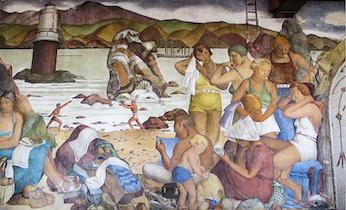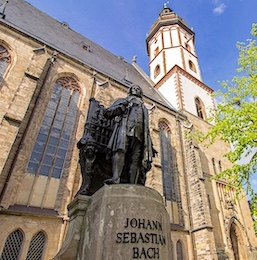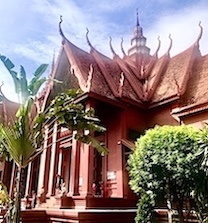Visit New York Where America’s First Major Battles for Independence Were Waged
The British Army was on the move and the American militia was scattered across the New York countryside. What followed were nights of courage and defiance that helped shape the outcome of the Revolution. Through midnight rides, strategic river control, and decisive battles from Long Island and Fort Ticonderoga to Saratoga, New York emerged as a true battleground that determined America’s fate. Join writer Mark Orwoll as he traces the battles, landscapes, and forgotten heroes that made New York the linchpin of America’s fight for independence.


